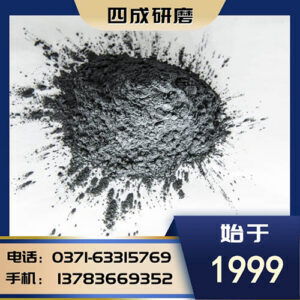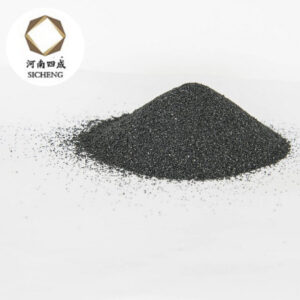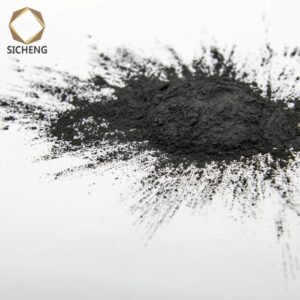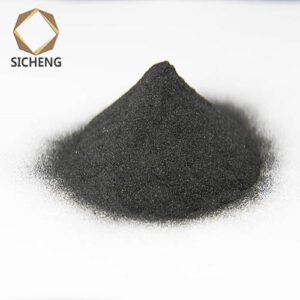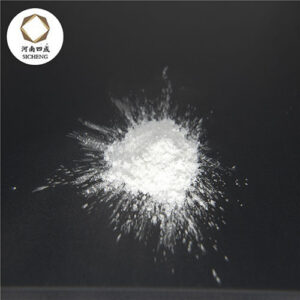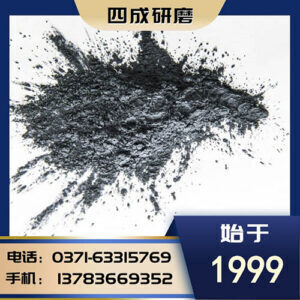silicon carbide Anti-wear cement construction is a chemical material that combines nitrogen oxides and ammonia in the flue gas to form a stable compound through high temperature. Since the catalyst is a material with high requirements for environmental media, if the flue gas contains a large number of heavy metals and alkaline substances, it will seriously affect the operating efficiency and service life of the denitrifier. This requires that the flue wear layer does not contain harmful heavy metals and more alkaline substances. Due to the acidic corrosion of the starting and stopping process of power plant operation, the anti-wear layer is also required to have good corrosion resistance and penetration resistance.
Anti-wear cement is a kind of cementitious material, due to the treatment method and strict process control composition of raw materials, through a series of chemical reactions, so that it can form high strength and hardness at room temperature, to meet the bonding strength standard of ceramics, so it is called anti-wear cement. It is widely used because of convenient construction, easy maintenance and low cost. Anti-wear cement mainly has aggregate and binder two-phase combination, particles are tightly accumulated, so there is no large macroscopic defect, bulk density is large, its strength at room temperature can reach more than 150MPa, the product can reach more than 280MPa. It is incomparable with ordinary concrete and refractory castables. According to the solid theory, ionic bonds and covalent bonds are strongly bonded, and the bonding system forms chemical bonding due to the use of composite strengthening measures and treatment, so the strength and stiffness are very large, and can resist the high-speed impact and shear stress of the material. At the construction site, liquid inorganic glue is added to this material, applied to the lining or surface of the equipment by artificial or mechanical means, and after a series of chemical reactions, the bonding strength and hardness of the ceramic are reached after 3 days at room temperature, and the service life can reach 3-5 years.
